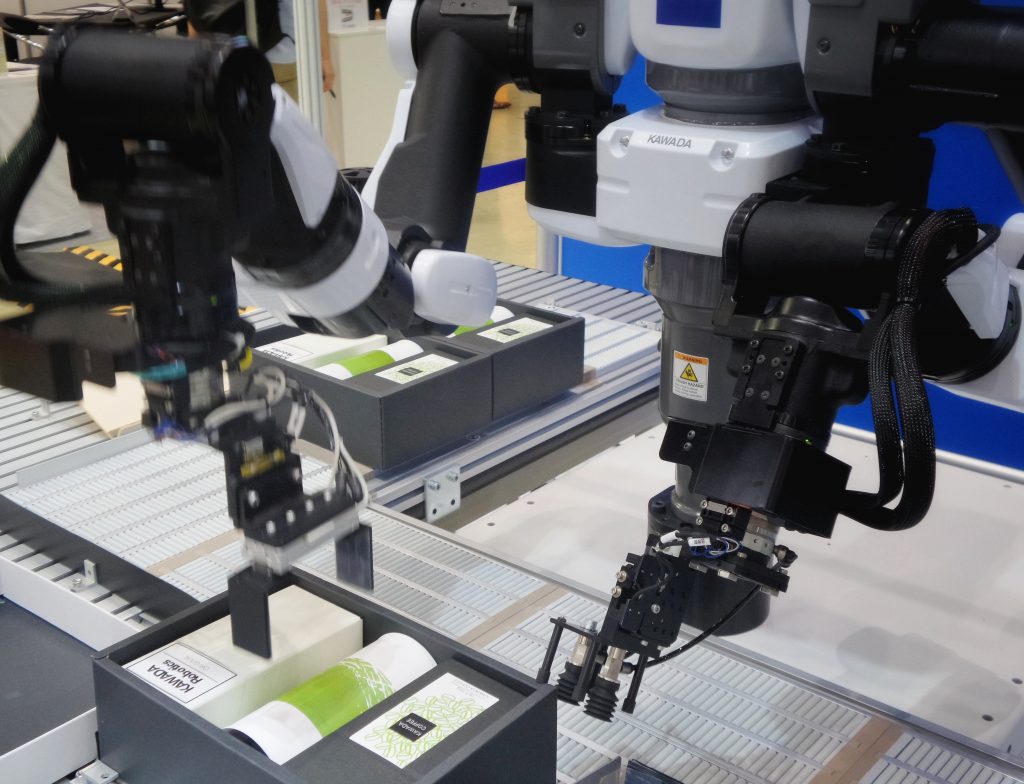
By Gilbert Salazar
Artificial intelligence (AI) has been around since the 1950s, but not until the last two decades has it impacted the daily lives of some consumers. Many industries such as healthcare, retail, manufacturing, and banking are now going through dramatic evolutions in how they incorporate AI. Many companies are still trying to figure out how this new frontier can potentially add value to their organizations. There is no doubt the list of uses for AI will continue to grow as data scientists and AI engineers discover new opportunities to incorporate it into the business structure. The first step towards understanding the benefits of AI in your industry is to evaluate its value and determine how implementing this technological innovator can lead to growth.
Like any other technology, AI requires thorough road mapping, planning, and a design-centric approach, especially if the intent of the AI solution itself is to interact with humans – a common challenge that often arises with the execution of AI. Tech giants like Google, Apple, Microsoft, and Amazon are spending nearly $20 billion collective dollars on AI products and services annually, leading the way for mid-level technology companies to start considering how AI can benefit their products and services. Locally, in the Dallas-Fort Worth region, companies such as Softweb Solutions, SparkFish and Retrocube are using AI and design thinking strategies to develop innovative services that connect with consumers.
Considering your consumer is key when developing AI technologies for human use. While evaluating AI’s benefits, it is important to understand how poor execution can hinder growth. A very basic example of poor AI execution is to imagine a chatbot that continues to ask the same question after you’ve already answered. A more complex example would be facial recognition AI that can’t read your face because perhaps you’ve grown a beard or cut your hair. If at its core, the idea of AI is to mimic human behavior, then shouldn’t humans be considered? In other words, don’t forget humans when creating AI for humans.
Design Thinking as a competitive advantage for AI
The Interaction Design Foundation defines design thinking as an interactive process that challenges assumptions and redefines problems to identify alternative strategies and solutions that might not be instantly apparent. It is a way of thinking and working, including hands-on methods, that provides a solution-based approach to solving problems.
By adopting the principles of design thinking, AI Experience Engineers can tackle problems that are undefinable. They can also dissect potential challenges through the lens of the user, resulting in much more refined experimentation and exploration of concepts and ideas. Pairing design thinking with AI can add tremendous value by reframing problems and coming up with innovative solutions to determine the best way to enhance and perfect a user’s interactions and intents.
There is no doubt that AI is here to stay. That said, the key to giving your technology a competitive advantage is to apply a design thinking approach and considering the who and why behind your AI design.




